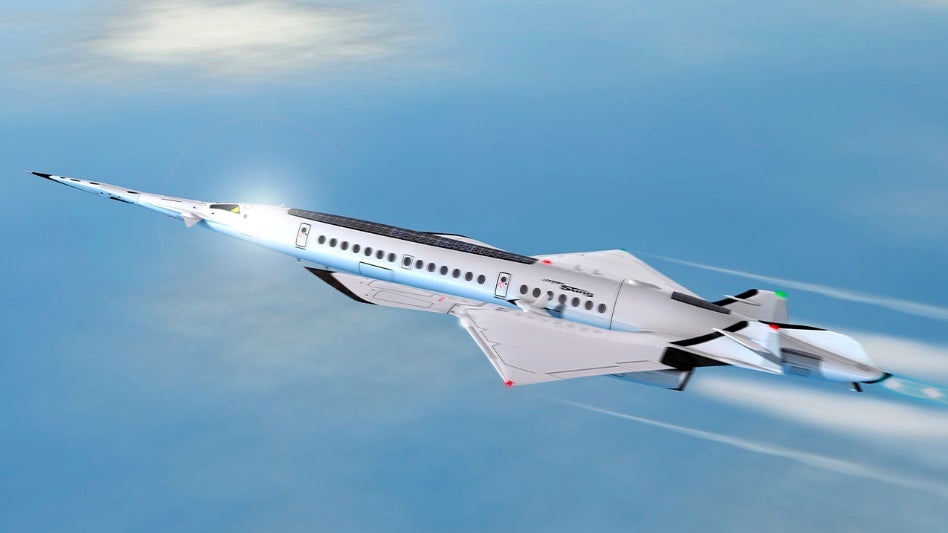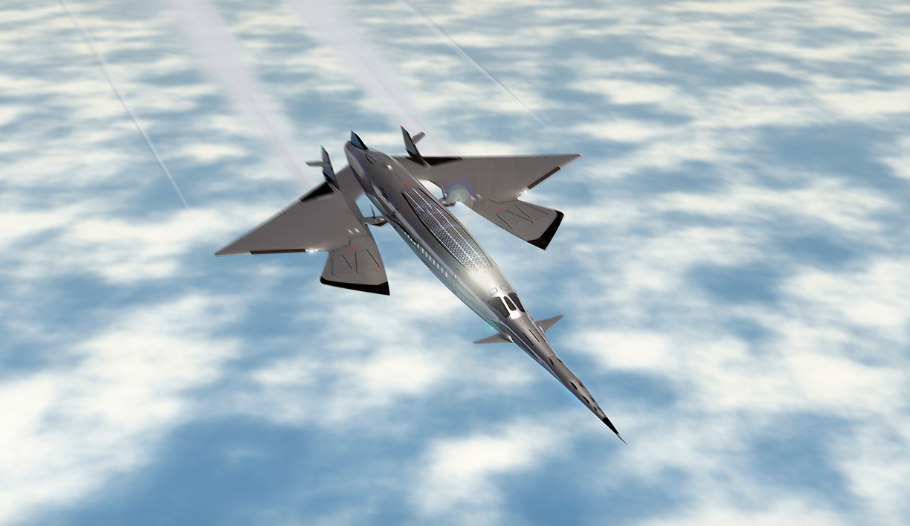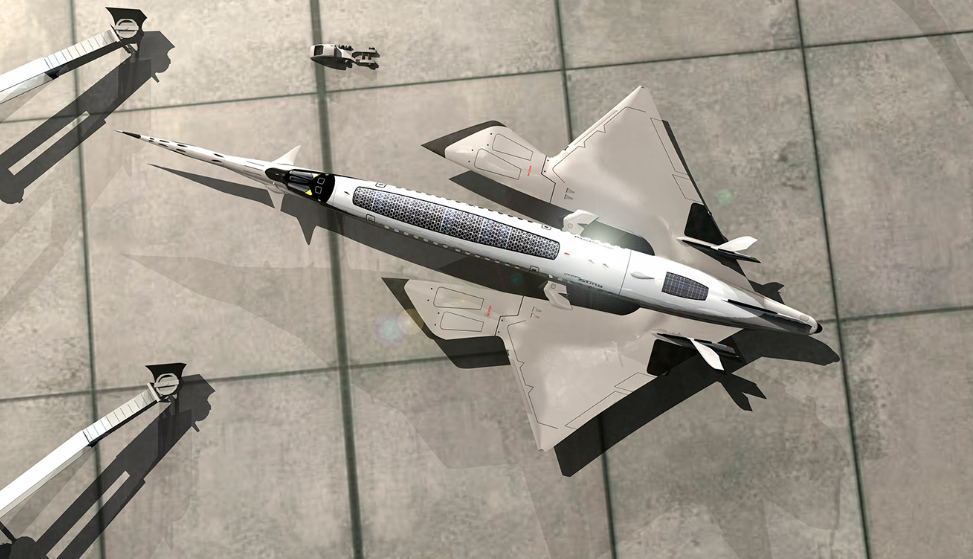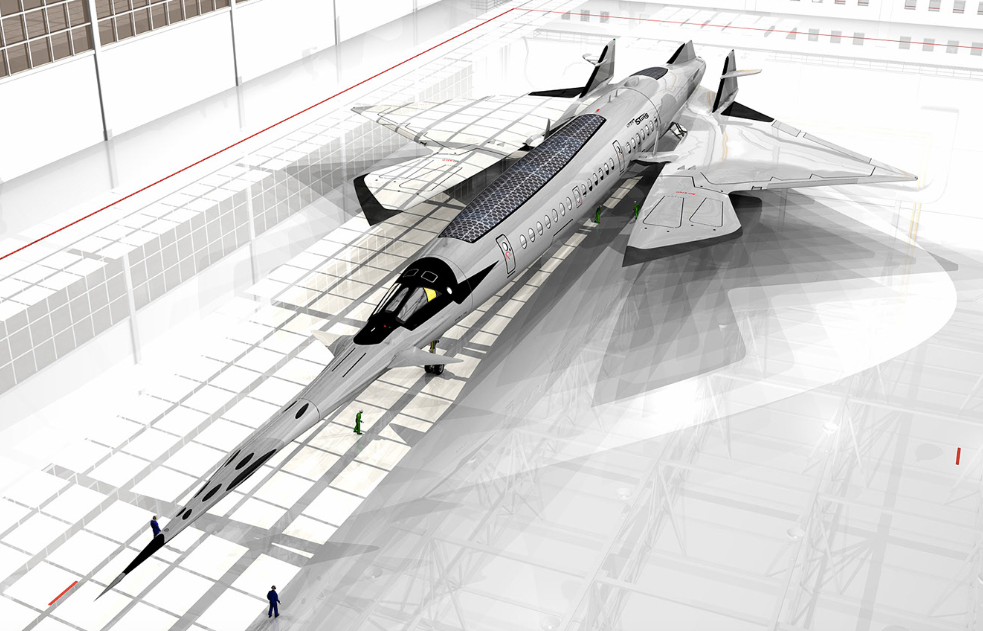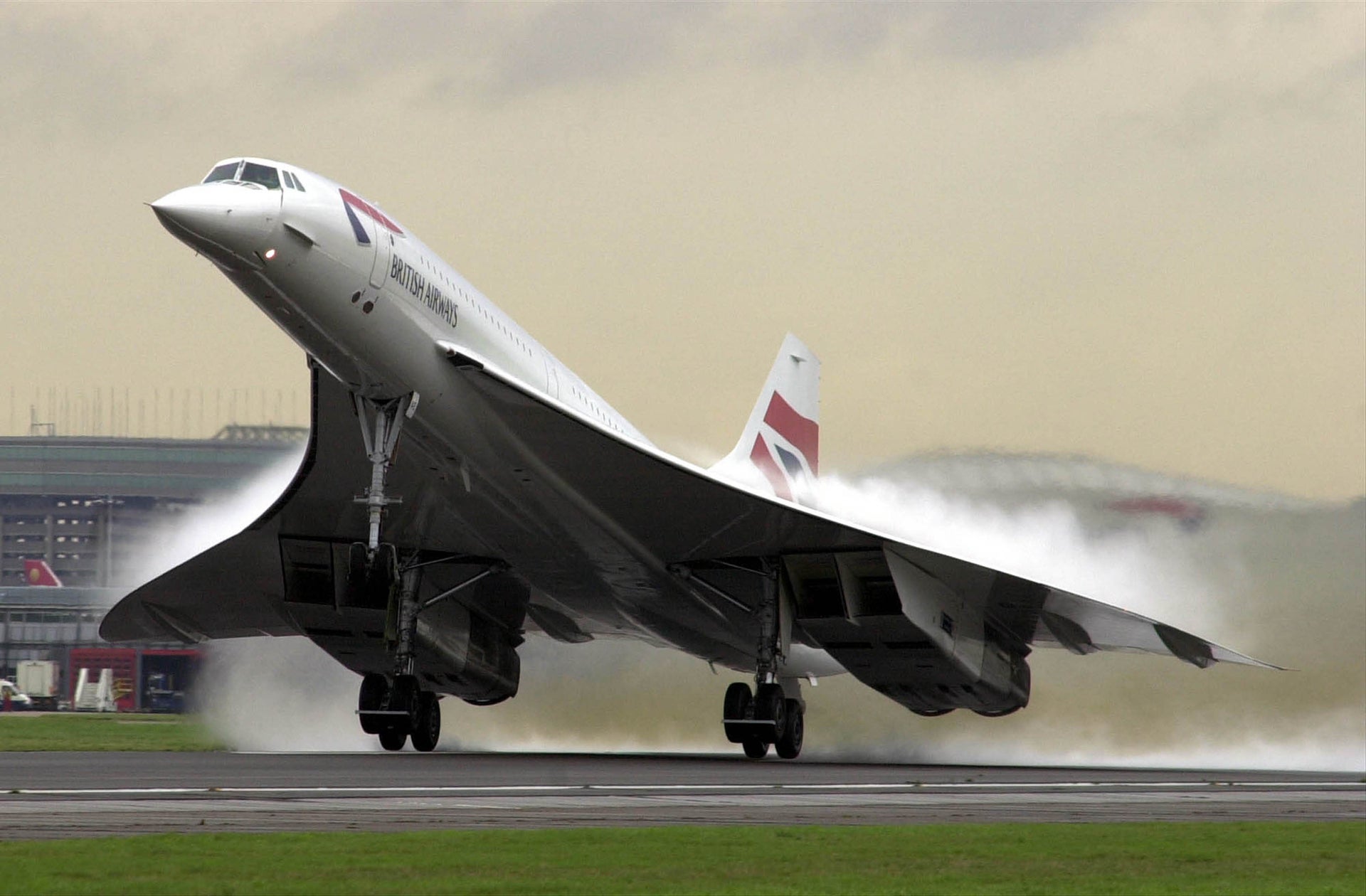Revolutionary Air Travel: Hypersonic Nuclear-Powered Aircraft Promises 80-Minute Atlantic Crossings
The Future of Supersonic Travel: Hyper Sting’s Promising Concept
Imagine jetting off from London and arriving in New York City in just 80 minutes. It sounds like science fiction, but the Hyper Sting, a supersonic nuclear-powered aircraft concept, could turn this dream into a reality.
Spanish designer Oscar Viñals conceived the Hyper Sting, envisioning a future where it could transport 170 passengers at speeds exceeding three times the speed of sound, reaching an astounding 2,486 miles per hour – nearly twice as fast as the legendary Concorde.
At the heart of this ambitious project lies the theoretical concept of a ‘cold fusion nuclear reactor.’ This innovative system would enable the Hyper Sting to achieve a Mach 3.5 capability, powering two ramjet engines and four next-gen hybrid turbojets. In terms of size, the Hyper Sting dwarfs the Concorde, with a length of 328 feet, more than 100 feet longer than its predecessor, and a wingspan of 169 feet compared to Concorde’s 85 feet.
Mr. Viñals has a clear vision for the future of supersonic travel: “Concorde was a brilliant piece of machinery, a noble experiment, but it emitted too many emissions into the environment, generated excessive noise in our communities, and was prohibitively expensive to operate. A new era of supersonic flight might be just around the corner, but there are challenges to overcome when it comes to flying faster than the speed of sound. The Hyper Sting is a new concept for future supersonic commercial airplanes.”
While Mr. Viñals remains optimistic about the project, he acknowledges that significant technological advancements will be necessary to bring it to fruition. He notes, “Today, there are some projects for a new era of supersonic flights from different private and public initiatives, some of those are well underway and could become a real concept in a few years.”
The Hyper Sting derives its name from its distinctive design, with a fuselage resembling a “big sting” and a sharp nose that controls front airflow, redistributing it over the central part and wings.
However, Mr. Viñals is realistic about the timeline and costs associated with such groundbreaking innovation. He anticipates that supersonic flights will return, thanks to innovative systems like the cold fusion reactor, but production might not commence until after 2030, and it won’t come cheap.
Hyper Sting Specifications:
– Capacity: 130-170 passengers
– Length: 328 feet 4 inches
– Wingspan: 168.63 feet
– Maximum speed: 2,664 miles per hour (Concorde: 1,354 mph)
– Maximum speed: Mach 3.5 (temperature limited)
– Cruise speed: 2,486 miles per hour
– Service ceiling: 65,616 feet
In conclusion, while the Hyper Sting remains a concept, it represents an exciting glimpse into the potential future of supersonic travel. With advancements in technology and a growing interest in supersonic flight, we may one day see this incredible aircraft whisking travelers across the Atlantic at unprecedented speeds.
Hits: 38
